Which Metals Are Magnetic? (Magnet Experiment & Activity Guide for Kids)
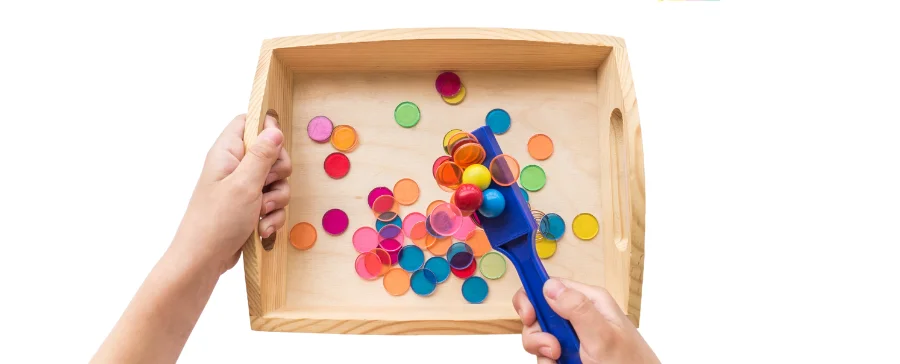
Learning about magnets is always a popular activity. When you first introduce magnets to your young learners, they’ll be excited to go around testing whether things stick to their magnet or not. If you give them time, their explorations will lead them to the conclusion that magnets stick to metal. However, they’ll probably also come across some metal things that don’t stick to their magnet. Then, they’ll wonder which metals are magnetic and which ones aren’t.
We’ll give you the answer that you can share with your learners, but before you do so, encourage them to set up a quick experiment to figure it out for themselves!
Table of Contents
- Experiment: Which Metals Are Magnetic?
- Why Are Some Metals Magnetic While Others Aren’t?
- 6 More Magnet Activities to Try
- Try Montessori Laboratory’s Hands-on Science Lessons for Free
Experiment: Which Metals Are Magnetic?
In order to help your learners find out which metals are magnetic and which are not, you can use the procedure and data recording table from this magnet experiment.
In the experiment, your learners will test to see if their magnet sticks to different objects, and record their findings on the data table. They will also record what material each object is made out of. If it is a metal, they will write down what kind of metal it is. In this case, since they are specifically wondering about which metals are magnetic, you can have them do the experiment using only metal objects. If they don’t know what kind of metal the object they are testing is made out of, have them look it up!
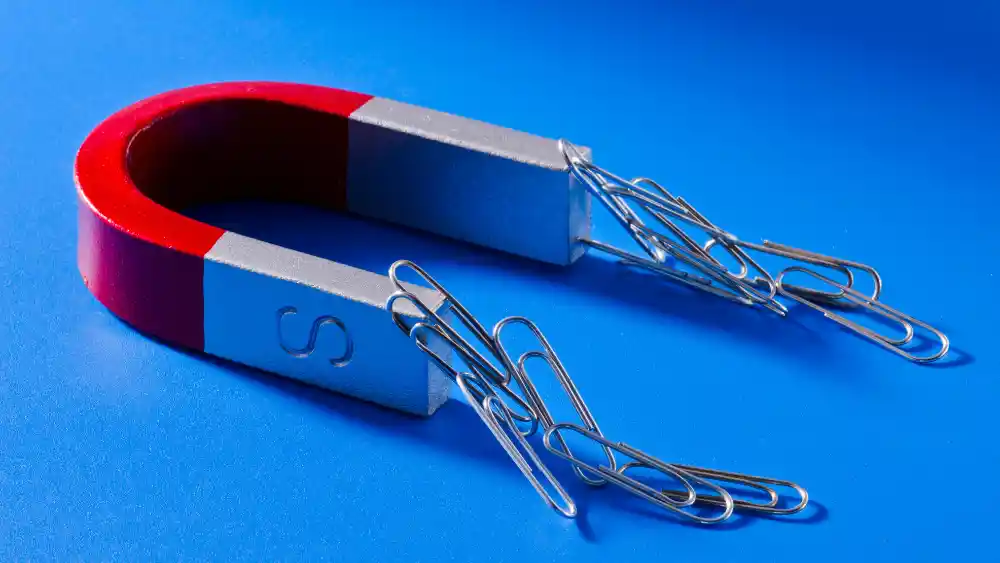
When your learners finish the experiment, they should have a list of different metals along with data on whether or not those metals stuck to the magnet or not. One or more of these magnetic metals should be on their list:
- Iron
- Nickel
- Cobalt
Iron is probably the most common one. It is in appliances, hardware, tools, plumbing, gym equipment, and many other things. Nickel is often found in jewelry, zippers, coins, and some tools. Cobalt is in many of the same things as nickel, and also in some ceramics.
Your learners may have also included steel on their list. Steel is an iron alloy, which means it’s a uniform mixture of iron and something else. And since it has iron in it, it’s magnetic. Gadolinium is also a magnetic metal, but you probably won’t find it in things just lying around your learning space.
Ok, so that answers the question of which metals are magnetic, but now your learners will probably want to go further to learn why those metals are magnetic.
Why Are Some Metals Magnetic While Others Aren’t?
To understand why some metals are magnetic and others aren’t, it’s important to first define what a magnetic metal is. A magnetic metal is a type of metal that can be magnetized, which means it can be attracted to a magnet. Examples of magnetic metals include iron, nickel, and cobalt. The electrons in the atoms of these metals are arranged in a certain way which makes them attracted to magnets. There are other metals whose electrons are not arranged in a way that makes them attracted to magnets. For instance, copper and aluminum are both metals, but they are not magnetic.
There are also metals that can be attracted to magnets, but aren’t all the time. These are called “paramagnetic metals”. Aluminum is an example of a paramagnetic metal. Under normal conditions, aluminum isn’t magnetic, but if you put it next to a really strong magnet, and you have really special scientific tools, you will be able to see a magnetic field. The magnetic field is caused by the special electron arrangement that we mentioned.
So, we’ve covered how to set up an experiment that answers the question of which metals are magnetic, and we’ve talked about what makes those metals magnetic. Now, what other activities can your learners do with magnets?
6 More Magnet Activities to Try
After they learn about magnets, children are usually pretty excited to use them and make discoveries with them. If your learners are all aboard the magnet train, have them try one of the activities below!
- Experiment with how strong various magnets are. Gather a few different magnets and a paperclip. Put the paperclip on the ground and test different heights to see how close each magnet needs to be to the paperclip to pull it off of the ground.
- Use a magnet to separate iron filings from a mixture of sand and sugar.
- Build a magnet scavenger hunt. Gather some magnets and hide them around your house or yard. Then, see if you can find them using other magnetic metals. You can use iron nails, paper clips, or even a spoon to help you find the hidden magnets. This is kind of like the opposite of the “Which Metals Are Magnetic?” experiment!
- Create a magnetic art project. Use magnets to attach small metal objects, such as nails or screws, to a piece of cardboard or paper. Then, arrange the objects into a cool design or pattern. You can even use different types of metals to create different colors and textures.
- Make a magnet game. Use magnets and metal objects to create a simple game, such as a “fishing” game where players use a magnet to “catch” metal objects from a bowl. You can also make a “magnetic maze” by creating a path with various objects like paper towel rolls, and then see if you can move a metal ball through the maze using a magnet.
- Engineer a structure using only magnets and magnetic objects. You can get creative with this one, but you’ll need to make the arrangement so that each magnetic object is touching a magnet without it being too heavy for any given attachment.
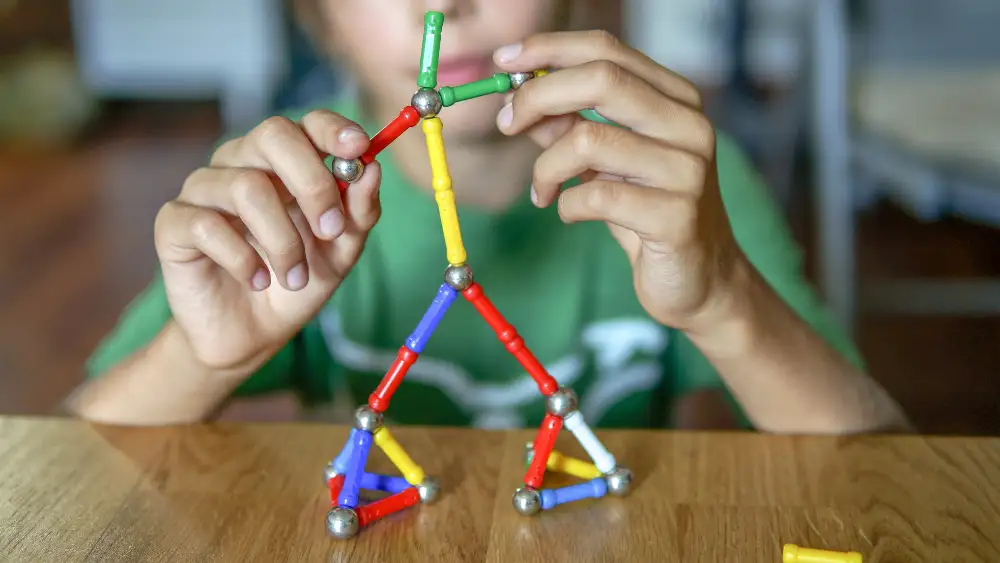
Magnetism is an interesting and exciting concept for children to learn about. They start with noticing that magnets stick to some things and not others. Then, they observe how magnets stick to metals, but that they don’t stick to all metals. The next thing you know they’re learning about electron arrangement and engineering magnetized mazes. That’s the wonderful thing about science – it all starts with a simple observation about the world!
Try Montessori Laboratory’s Hands-on Science Lessons for Free
Are you interested in seeing what Montessori Laboratory’s big-picture lessons, hands-on experiments, and engaging science activities are all about? Check out the free lessons below!
The First Great Lesson
Where did the stars come from? And the Sun? How was our Earth created? And what about the rest of…
Combining and Separating
Why does sand settle to the bottom of the ocean, but salt mixes in? How do people get sea salt out…
How Did Humans Discover Fire?
When did we start using fire? What 3 components does fire need to burn?



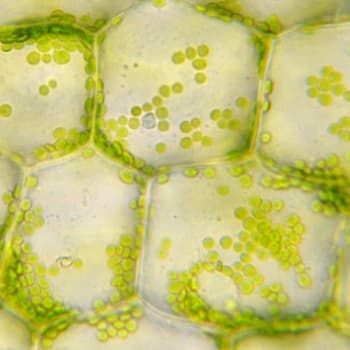

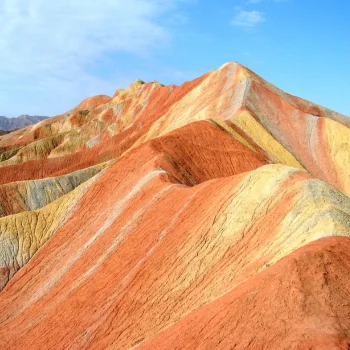
Responses